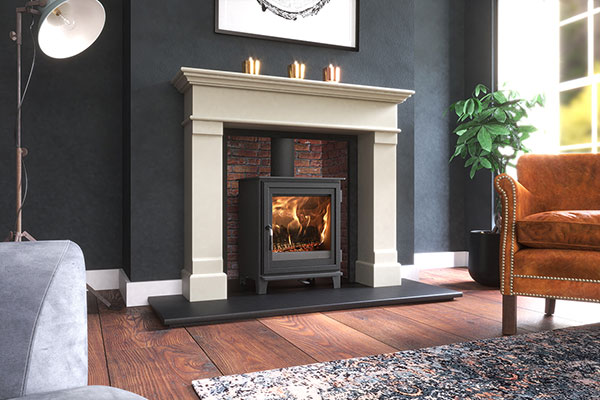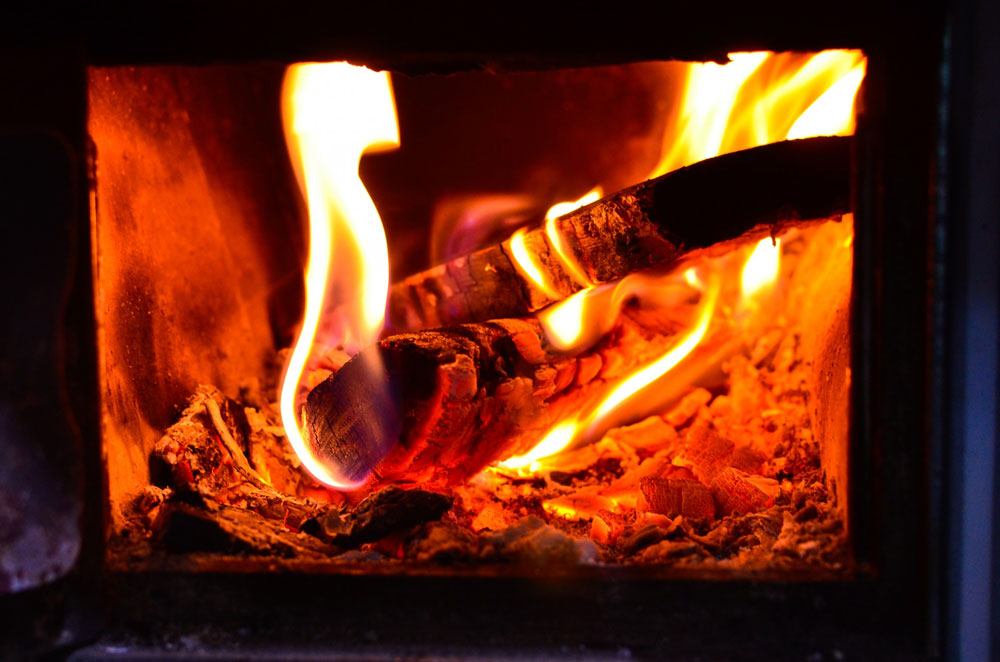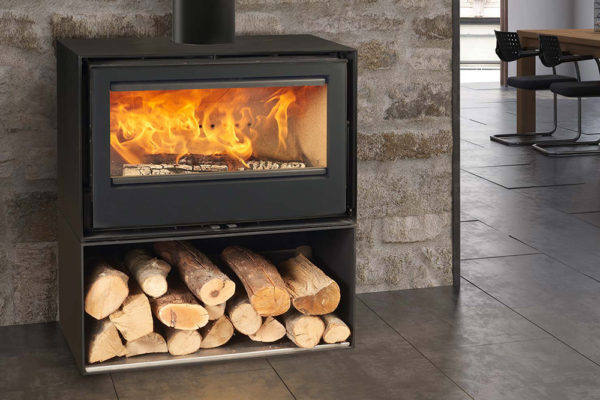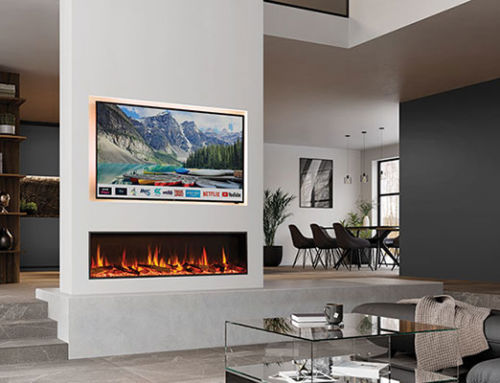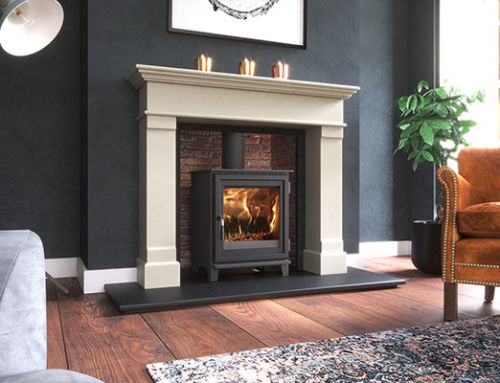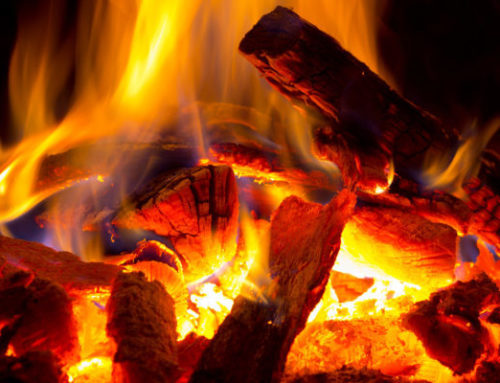How can I heat my home now that I may no longer use coal?
New Fuel Regulations
As a measure to lower air pollution, Government has announced that it will be phasing out “dirty fuels” starting from February next year (2021) and from 2022 it will no longer be legal to burn the two biggest culprits, wet wood and coal.
Wood burners will not be banned, but they will be strictly controlled, and only clean-burning stoves will be allowed.
DEFRA (The Department for Environment, Food and Rural Affairs) started clamping down in 2018 announcing steps to reduce the emission of domestic fire pollutants by 30% in 2020 and by 46% by 2030.
In a White Paper on Clean Air Strategy 2019, drastic measures were recently announced by then-Secretary of State for Environment, Food and Rural Affairs, Michael Grove. This includes stricter control of wood burners, fireplaces and open fires. Stringent regulations mean that nationwide people will no longer be allowed to burn unseasoned wood and coal, starting from February 2021, and solid fuel producers will need to prove that their products have low levels Sulphur and produce smoke within the parameters laid down in the new regulations.
From that date, sales of bagged house coal and loose coal will be phased out. Sales of wet wood in small amounts (less than 2 cubic metres) will also be phased out from February next year, and larger quantities will be sold with advice on how to dry it out before it is used.
The current Secretary of State, George Eustice, acknowledges that “cosy open fires and wood-burning stoves are at the heart of many homes up and down the country” but says the use of certain fuels has to be curtailed as they are the “biggest source of the most harmful pollutant that is affecting people in the UK.”
What alternatives to coal and wet wood currently available?
The heating industry has been taking active steps to find cleaner alternatives by developing clean-burning stoves and cleaner fuels.
Seasoned wood, often kiln-dried, contains considerably less moisture and pollutants than wet wood. It is, therefore, environmentally cleaner and is also much more efficient in creating heat energy. Seasoned wood contains a maximum of 20% moisture, while unseasoned (also called wet) wood can hold up to 50% moisture. If firewood is not kiln-dried, it can take up to 9 months to dry.
Wood pellets and chips – These pellets, some types also referred to as Hog fuel, are manufactured from dried waste wood material. Unlike firewood, they do not contain bark or dirt and hold around 11% moisture. These pellets are clean burning and are highly efficient, reaching almost complete combustion.
Briquettes are made from recycled waste wood and compressed into log-shaped bricks. They burn much hotter, cleaner, and longer than traditional wood.
Wood bricks are made of kiln-dried, super-condensed recycled wood chips and sawdust. They can be used as burning fuel on their own, or in conjunction with seasoned wood. Like briquettes, they are cleaner-burning, burn hotter and last longer than wood alone.
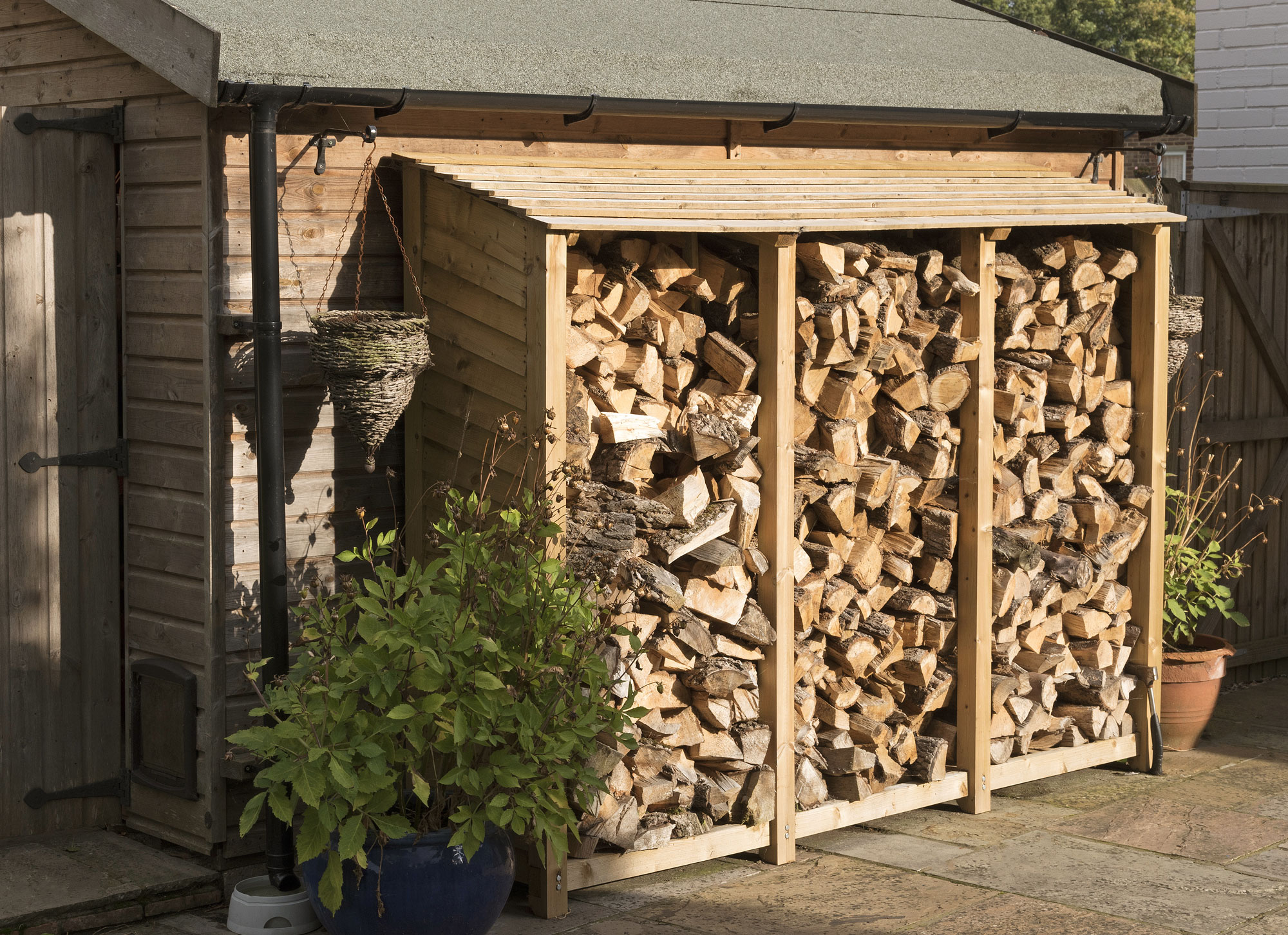
Hints on how to dry wood
- Select hardwood, such as Ash, Oak, Birch, Beech, Cherry, Sycamore, etc.
- Cut the firewood into suitable lengths and sizes.
- If you don’t own a kiln, it is best to start drying the wood outside as it dries much quicker than in your woodshed. Once it is dry, you can move it to the woodshed to protect it from the elements.
- Stack the firewood in rows on top of pallets or similar to keep them off the ground, with sufficient spaces between them for ventilation. The more it is exposed to sunlight, the better it will dry. It is a good idea to restack the wood periodically to move the wood at the bottom, or in the middle, to the top.
- A form of roof covering will help it dry more evenly and quicker.
- The complete process will take between six and nine months to season the wood properly.
How do I know when my firewood is dry enough?
To meet the latest fuel regulations, your firewood must have 20% moisture or less. This should be tested with a moisture meter.
If you do not have a moisture meter, “testing” will have to be done visually, although this will not be accurate. The following will help as a rough guide:
- Weigh the wood at the beginning and end of the drying process. The dried wood will be much lighter in weight, the exact difference, of course, depending on how much moisture it contained at the beginning.
- The dried wood will usually be lighter in colour when compared to wood that is freshly cut, and its bark will often easily peel off.
- If you knock two pieces of wood together, they should sound almost hollow.
- Test some of the wood by throwing a log onto the hot coals of a fire. If it still sizzles or emits a lot of smoke, it is not dry.
- Dry wood will catch alight easily within one minute.
- Do a “soap test” by putting dishwashing liquid on one end of the log and blowing on the other end. If the wood is dry, you will see soap bubbles forming on the end where you have placed the detergent.
Contact Firehouse today for the best advice and highest quality stoves, heating and cooking appliances.
Clean Air Strategy
This is 1 of 4 articles addressing the Government’s new Clean Air Strategy.
These are the other 3 articles:







